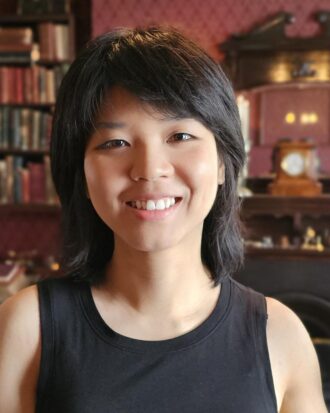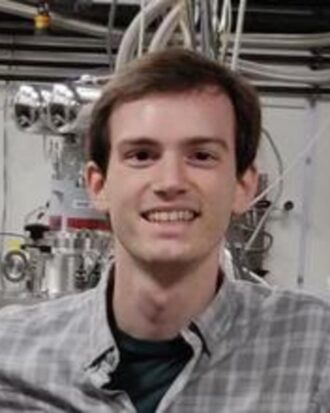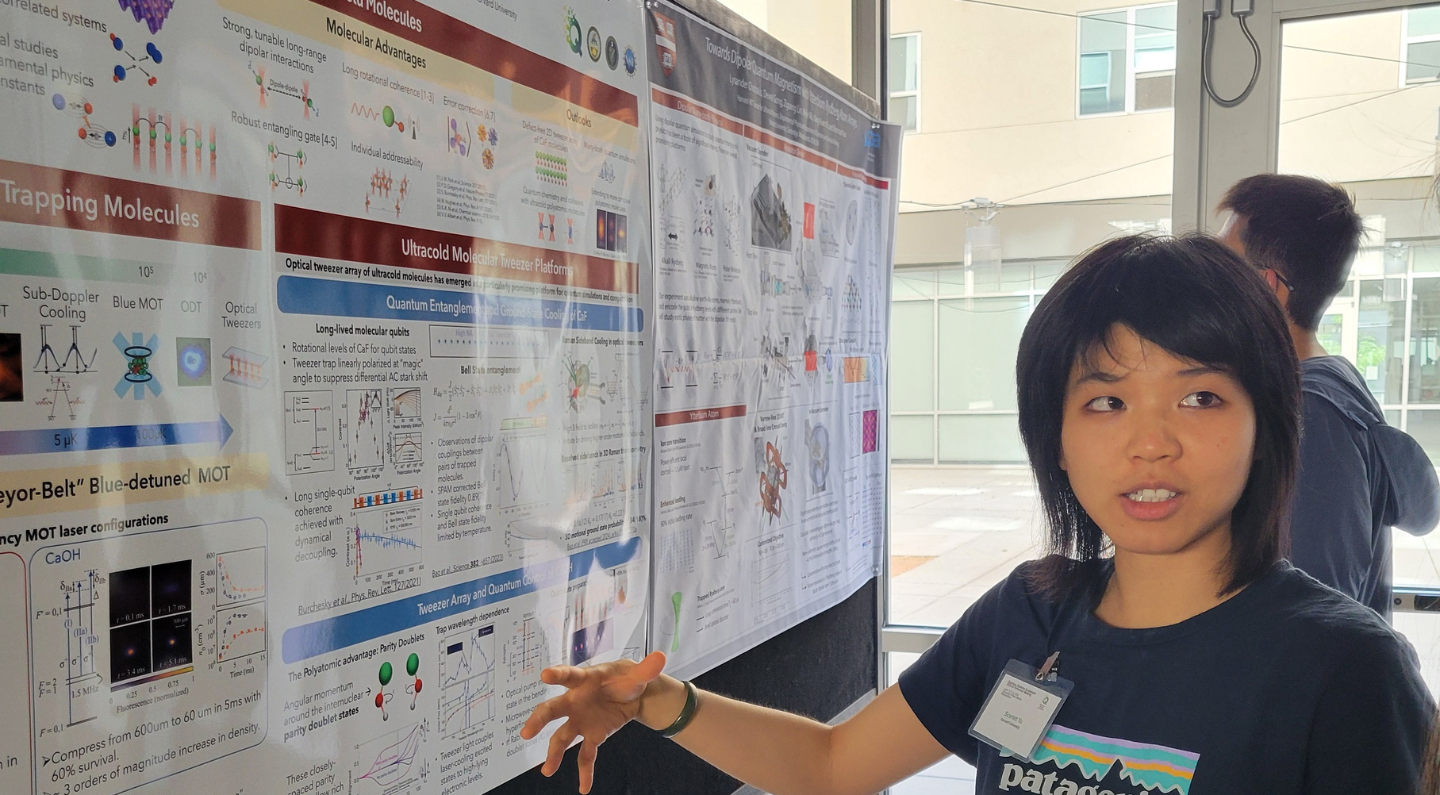Novel Quantum Systems Accelerator (QSA) research shows that molecules could play a role in the future of quantum computing, particularly in specialized applications like quantum simulations and networking. The most commonly used qubits today are based on systems like neutral atoms, superconducting circuits, and trapped ions. QSA researchers have developed advanced techniques for manipulating complex molecules with optical tweezers, paving the way for more sophisticated quantum computing and simulation technologies. These advancements could ultimately lead to powerful new tools for science and technology.

Despite the challenge of working with more complex quantum objects, the field of molecular qubits is gaining momentum due to the unique properties that molecules offer. Molecules are sensitive to environmental factors like temperature, which can cause decoherence (loss of quantum information). However, their complexity can also be leveraged to create qubits that are less affected by stray magnetic fields. For instance, dipolar interactions in polar molecules allow strong qubit-qubit interactions over longer distances in long-lived rotational states, making them ideal for quantum networking or certain kinds of simulation. Additionally, the internal vibrational and rotational states allow for denser qubit encoding, which could enable more compact quantum information storage.
QSA researchers at Harvard University have made a breakthrough using ultracold molecules trapped in optical tweezers. Their research, published in a Science paper, demonstrated precise control over the quantum states of molecules, allowing for long-range dipolar spin-exchange interactions. Dipolar spin-exchange enables the magnetic properties of particles to interact and transfer quantum information between them, making it a key mechanism for quantum entanglement and scalable quantum systems. Optical tweezers, which are precise laser beams that can trap and manipulate small particles like atoms and molecules, enabled the team to arrange molecules in specific patterns. The researchers used these tweezers to arrange molecules in a specific pattern and then used the dipolar spin-exchange interactions to entangle them.
“This work is a key advancement in developing qubits for quantum computing and simulation, as molecular systems offer enhanced stability and complexity compared to atomic systems. Producing entangled molecules is a first step towards creating more flexible qubits and quantum systems,” said study co-author Yu.

Another group of QSA researchers at Harvard experimented with the use of optical tweezers to create and control an array of ultracold polyatomic molecules. These molecules, consisting of more than two atoms, were cooled to near absolute zero, exhibiting unique quantum behaviors. By arranging these molecules in a precise array with optical tweezers, the team studied their interactions in a controlled environment. Their research, published in a Nature paper, used optical tweezers to trap and manipulate individual polyatomic molecules at ultracold temperatures. These types of molecules are difficult to cool and control due to their complex internal structures. They are radically more complex than diatomic molecules used in previous work. However, the team successfully cooled and arranged them into an array.
This advancement holds significant potential for quantum computing and simulation. With more internal degrees of freedom than simpler atoms or diatomic molecules, polyatomic molecules could enable more complex quantum operations. This research opens new possibilities for molecular quantum computing, precision measurements, and exploring fundamental physics.


These groundbreaking advancements in molecular qubits highlight the growing potential of complex quantum systems for computation, simulation, and networking. With ongoing collaboration across disciplines and the co-designing and engineering of new quantum hardware, QSA team members continue to develop control systems needed to operate these devices. They are also furthering research for important applications in physics, chemistry, and materials. The center is ultimately helping shift the field from theoretical concepts to real-world tools.
Lawrence Berkeley National Laboratory (Berkeley Lab) is committed to groundbreaking research focused on discovery science and solutions for abundant and reliable energy supplies. The lab’s expertise spans materials, chemistry, physics, biology, earth and environmental science, mathematics, and computing. Researchers from around the world rely on the lab’s world-class scientific facilities for their own pioneering research. Founded in 1931 on the belief that the biggest problems are best addressed by teams, Berkeley Lab and its scientists have been recognized with 16 Nobel Prizes. Berkeley Lab is a multiprogram national laboratory managed by the University of California for the U.S. Department of Energy’s Office of Science.
DOE’s Office of Science is the single largest supporter of basic research in the physical sciences in the United States, and is working to address some of the most pressing challenges of our time. For more information, please visit energy.gov/science.
Sandia National Laboratories is a multimission laboratory operated by National Technology and Engineering Solutions of Sandia LLC, a wholly owned subsidiary of Honeywell International Inc., for the U.S. Department of Energy’s National Nuclear Security Administration. Sandia Labs has major research and development responsibilities in nuclear deterrence, global security, defense, energy technologies and economic competitiveness, with main facilities in Albuquerque, New Mexico, and Livermore, California.
The Quantum Systems Accelerator (QSA) is one of the five National Quantum Information Science Research Centers funded by the U.S. Department of Energy Office of Science. Led by Lawrence Berkeley National Laboratory (Berkeley Lab) and with Sandia National Laboratories as lead partner, QSA catalyzes national leadership in quantum information science to co-design the algorithms, quantum devices, and engineering solutions needed to deliver certified quantum advantage in scientific applications. QSA brings together dozens of scientists who are pioneers of many of today’s unique quantum engineering and fabrication capabilities. In addition to industry and academic partners across the world, 15 institutions are part of QSA: Lawrence Berkeley National Laboratory, Sandia National Laboratories, University of Colorado at Boulder, MIT Lincoln Laboratory, Caltech, Duke University, Harvard University, Massachusetts Institute of Technology, Tufts University, UC Berkeley, University of Maryland, University of New Mexico, University of Southern California, UT Austin, and Canada’s Université de Sherbrooke. For more information, please visit https://quantumsystemsaccelerator.org/
